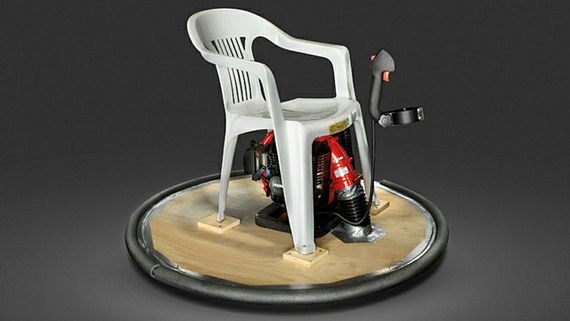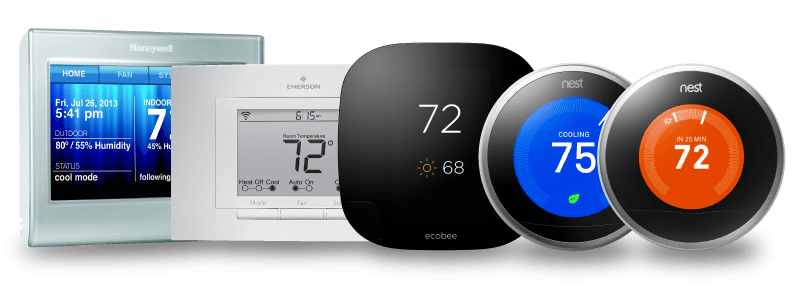When we were gushing over those teen whiz kids a few weeks ago, you may recall that we briefly mentioned hoverboards, an invention we were told would be a thing by now. But since Marty McFly and Co. were obviously lying, we’ve had to make do with other, existing inventions – like the hovercraft.
Hovercrafts are mostly used as search and rescue vehicles, but when you do come across them recreationally, it’s usually at a theme park, where you can mostly only ride them in a confined space, like they’re dodgem. But what if we told you that you could make your very own hovercraft, using odds and ends you can find around the house (or a hardware store), and that you could ride it IRL?
Yeah, us too. So behold: the instructions for your own DIY hovercraft (thanks to Science Bob)!
You Will Need
- 4’ X 4’ 3/4 inch plywood
- Piece of heavy-duty tarp material 5’ X 5’
- .25 inch machine bolt (1.5 inches long) with nut
- 2 2-inch washers for the bolt
- Plastic cover for a round electrical box
- Leaf blower (cordless electric leaf blowers are great)
- Lawn chair (optional)
- String
- Pencil
- TOOLS: (adult use only) jig saw, staple gun, drill, utility knife, sandpaper
Method for building your own DIY hovercraft
- Mark the centre of the plywood by drawing lines between opposite corners. Nail a small nail into the centre of the panel and use a pencil tied to a piece of string as a compass, to draw a 10 centimetre circle.
- Using a jig saw, carefully cut the circle out of the panel and sand the edges smooth and round with sandpaper.
- Measure the width of the leaf blower output and use a hole cutter or jig saw to cut a hole the same width. It should be about ½ metre from the centre of the plywood and it should fit snug (use duct tape around the blower if needed to tighten up the seal).
- If you want to attach a seat (or anything else) to the top, now would be the time. Drill holes and attach with machine screws. Install the machine screws through the bottom, and countersink all screws to keep the bottom of the craft smooth.
- Lay the plywood on the centre of the tarp and wrap the tarp over the edge. Staple the tarp onto the top of the hovercraft with a staple gun along the edge so that the staples almost touch each other. Be sure to keep the tarp as taut as possible while stapling. When finished, you can trim any extra tarp material away with scissors if desired.
- Drill a ½ centimetre hole through the centre of the plywood/tarp and also through the centre of the electrical box cover.
- Feed the bolt through a washer and the plastic cover, and then up through the hovercraft. Secure with a washer and the nut from the top as shown. Cover the screw head with duct tape to avoid scratching the floor.
- Use a utility knife or hobby knife to carefully cut 6 evenly spaced holes into the tarp material in a circle about 25 centimetres from the centre. The holes should be about 4 centimetres wide.
- To make bumpers, you can cut foam pipe insulation and attach to the outside edge with hot glue. For extra style when using at night or indoors, add 12 volt LED strip lights and power with a 9 volt battery. Construction is complete, you are ready to hover!
Tips for building your DIY hovercraft
Your DIY hovercraft works best on smooth surfaces, such as hard floors, concrete, or smooth asphalt. Using the hovercraft on bumpy surfaces can affect performance or, even worse, it could end up ripping the tarp.
DIY hovercrafts do not have brakes or steering! Use out of the way of objects, people, pets, or traffic that you might run into. Be sure to wear a helmet, and have someone standing by to help guide your hovercraft. Leaf blowers can also be loud, so ear protection is recommended.
Happy hovering!









